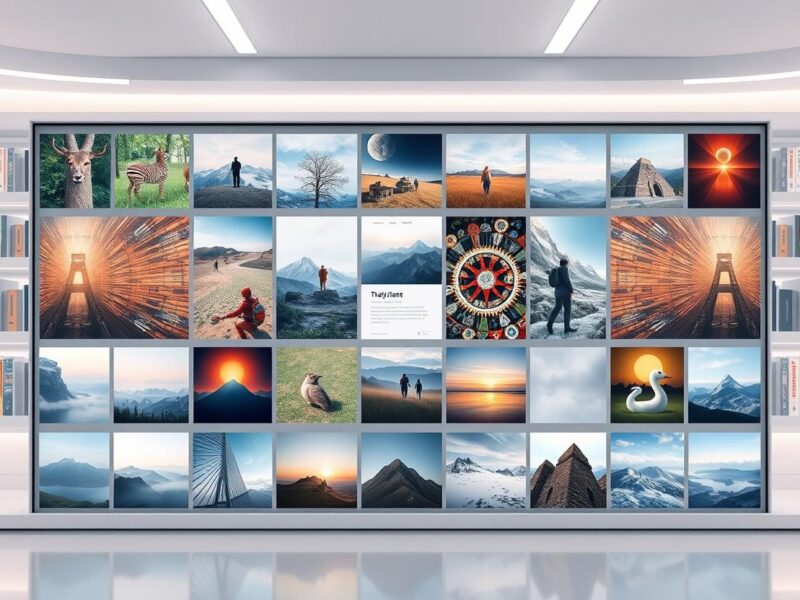Since its debut in November 2022, ChatGPT has not just entered the tech scene—it’s dominated it. 🚀 With a staggering 300 million weekly active users, OpenAI’s text-generating AI chatbot has evolved from a productivity tool to a global powerhouse. The year 2024 was pivotal, marking partnerships with giants like Apple, the launch of GPT-4o with voice capabilities, and the introduction of Sora, a groundbreaking text-to-video model.
But it’s not all smooth sailing. OpenAI has navigated internal shakeups, including high-profile departures, and faced legal challenges over copyright issues. Despite these hurdles, OpenAI is pushing forward, aiming to solidify its position in the AI race against competitors like DeepSeek and exploring ambitious projects like a massive data center expansion.
ChatGPT’s features have expanded dramatically, offering everything from advanced voice modes to image generation, with users creating over 700 million images. The platform’s adaptability is evident in its applications, from education to enterprise solutions, and its continuous updates ensure it remains at the forefront of AI technology.
Looking ahead, OpenAI is not just resting on its laurels. With plans for GPT-4.1 and beyond, the company is set to redefine what AI can do. Whether it’s enhancing creative writing, improving reasoning models, or venturing into new markets, ChatGPT’s journey is far from over.
For those curious about the future of AI, ChatGPT’s trajectory offers a glimpse into a world where technology and human creativity merge in unprecedented ways. 💰 The question isn’t just about what ChatGPT can do today, but how it will continue to shape our tomorrow.


